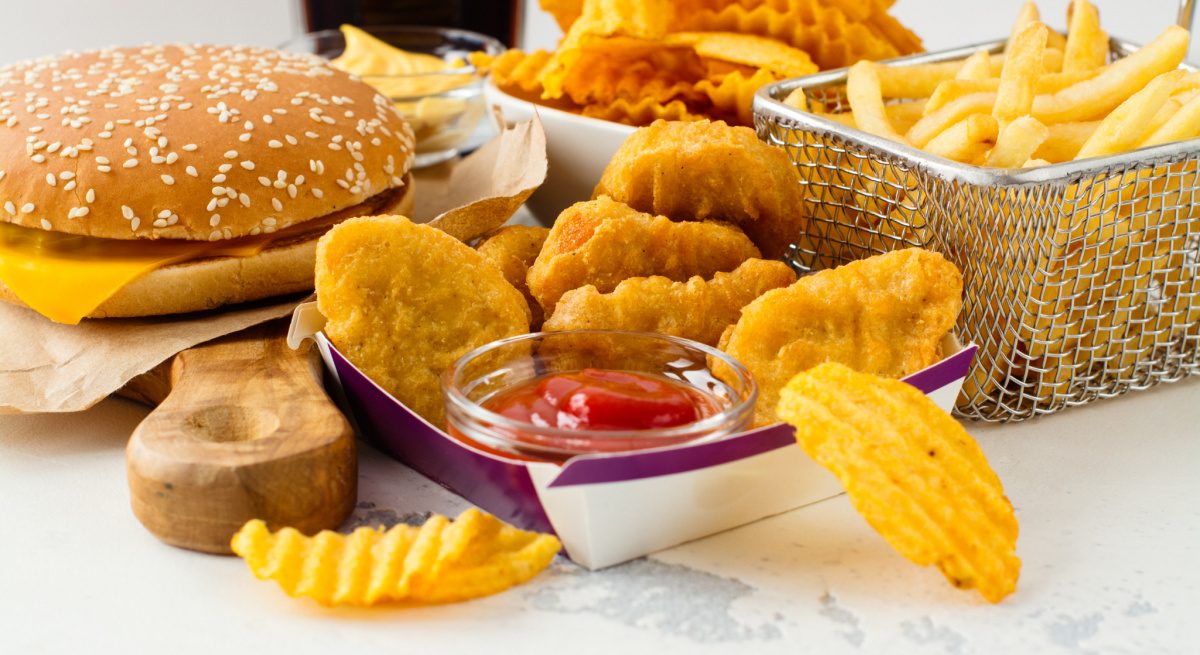Product Mix Analysis Drives Profitability and Revenue
3 Min Read By Amit Rohatgi
The need for contactless delivery has spurred the use of digital check points – Consumers are more comfortable placing their orders through mobile apps, voice ordering, digital menu and kiosks; giving tech-savvy restaurants an edge in the race for information data.
Measuring Factors for Growth in QSRs
A 10-year study of quick service restaurants (QSRs) conducted by Aaron Allen & Associates, Global Restaurant Consultants, reported: Chains that have seen the highest growth have a couple of things in common – they have simple menus and are equipped with tech to optimize operations. This was in 2017 but not much has changed even today.
Some of the best fast-food chains have emphasized on technology to upgrade and improve their products and services. This list includes brands like Chick-fil-A, Starbucks and McDonalds, who have implemented tech that permeates all back-end and front-facing aspects of business.
Revamping the Product Mix
QSR chains are being forced to re-look and optimize their product mix as the pandemic is creating supply chain and labor disruptions along with a surge in online ordering.
Restaurant chains regularly conduct a product mix analysis to understand which items are performing and which are not, which further drives the decision of whether to keep them on the menu or not.
Starbucks, for example, uses a pricing strategy to find out how much customers are willing to pay for their products and services by increasing their prices in tiny increments. This required understanding of their customers and other factors such as payment methods, discounts, price-matching, loyalty and rewards programs, etc. All made possible by utilizing technology.
However, a simple analysis of products by dollar sales and volume can often be misleading. Companies also need to look at key customer segments and customer satisfaction. Tracking repeat orders, customer feedback, customer profiles and similar data help companies to keep abreast of not just the customer, but also stay ahead of the competition.
Rapid Innovation Is Critical for QSR Growth
Another important facet of the product mix is innovation. Introduction of new products or new services is essential if QSRs want to maintain their competitive edge. Despite this, failure rate is high when introducing a new product.
For many QSRs innovation also comes in the form of New Service Development (NSD) and not just New Product Development (NPD). For most high-tech QSRs, innovation comes in the form of providing personalization and ease of business through the implementation of various digital systems such as kiosks, drive-thru, digital menus and mobile ordering.
Location based technology has helped Chick-Fill-A scale to the top by identifying hot spots and customer needs to cater to them accordingly. While Burger King used location data to lure customers away from rivals including McDonald’s, by offering burgers at one cent when a McDonald’s chain was in the vicinity.
Analyzing Guest Checks and Market Basket Analysis
The innovation and go-to-market strategy is highly complex. Certain items naturally drive sales of other items which may in turn may be high margin items, while certain items may have low volume sales but are usually ordered in high value checks. Would you want to remove that item from the mix?
This is the kind of in-depth analysis that is required by QSRs today if they mean to succeed. In addition to understanding item composition of individual guest checks, companies also need to understand what items are bought together in what is referred to as a market basket analysis.
Combo meals are commonplace in fast food marketing strategy these days. Almost every burger joint has the burger, fries and beverage option. McDonald’s was one of the first to experiment with a soft serve and other dessert options as well.
Pay Attention to Detail
Today’s modern QSR chain is equipped with the latest of technology that assists them in understanding the success of products and services, customer wants and needs, and even their competitors. Businesses are successfully optimizing their operations and broadening their profit margins with tech advancements.
Starbucks has grown more than 230 percent since 2011. And, other fast food businesses have followed suit with heavy investment in technology and analytics.
It essential for these businesses to analyze data, not just a summary of it, but all the information collected, in order to get a complete picture of what is damaging the profits of the company. And, that is only possible with technology.
References
- https://www.qsrmagazine.com/outside-insights/3-keys-analyzing-promotions-quick-service-restaurants
- https://www.nlbservices.com/driving-sales-revenue-using-basket-analysis-in-quick-service-restaurants-qsr/
- https://www.qsrmagazine.com/outside-insights/how-tech-can-make-restaurants-pandemic-proof
- https://www.forbes.com/sites/michelinemaynard/2020/08/03/a-new-ranking-shows-winners-and-losers-among-fast-food-companies-during-covid-19/#84f5e7e30431
- https://blog.alexa.com/importance-of-marketing-mix/
- https://www.tandfonline.com/doi/abs/10.1080/10454446.2014.949996?scroll=top&needAccess=true&journalCode=wfpm20
- https://www.entrepreneur.com/article/271098
- https://www.businessinsider.com/failed-mcdonalds-items-2011-8?IR=T
- https://www.qsrmagazine.com/outside-insights/location-intelligence-geofencing-how-restaurants-can-win


